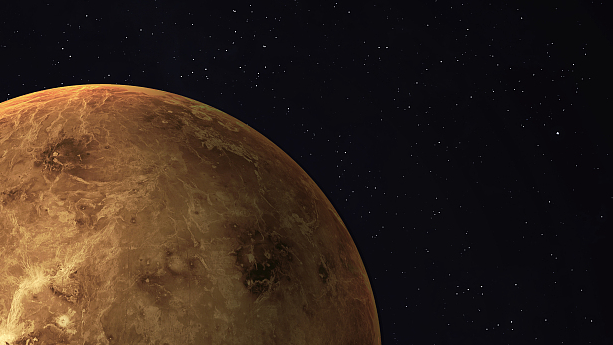

NASA's Transiting Exoplanet Survey Satellite (TESS), a mission designed to comb the heavens for exoplanets, has discovered its first potentially habitable world outside the solar system, according to a NASA release on Wednesday.
The new planet orbits a star named GJ 357d, an M-type dwarf about one-third the Sun's mass and size and about 40 percent cooler that our star. The system is located 31 light-years away in the constellation Hydra.
In February, TESS cameras caught the dwarf dimming slightly every 3.9 days, revealing the presence of a transiting exoplanet – a world beyond the solar system – that passes across the face of its star during every orbit and briefly dims the star's light.
In a new paper in The Astrophysical Journal Letters, a team led by Lisa Kaltenegger, associate professor of astronomy and director of Cornell's Carl Sagan Institute, models the conditions under which the planet – discovered in early 2019 – could sustain life.
"This is exciting, as this is humanity's first nearby super-Earth that could harbor life – uncovered with help from TESS, our small, mighty mission with a huge reach," said Kaltenegger.
As this super-Earth exoplanet is more massive than earth, Kaltenegger said this discovery will provide insight into Earth's heavyweight planetary cousins.

Copyright © 2018 CGTN. Beijing ICP prepared NO.16065310-3
Copyright © 2018 CGTN. Beijing ICP prepared NO.16065310-3